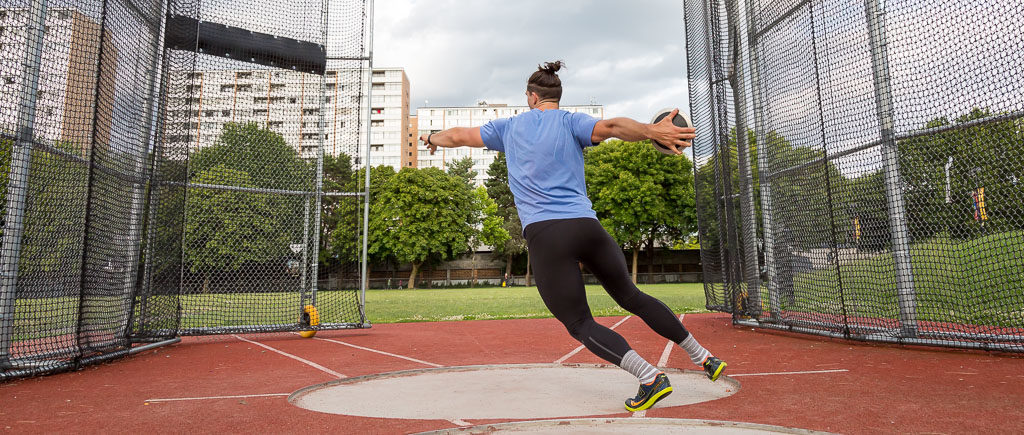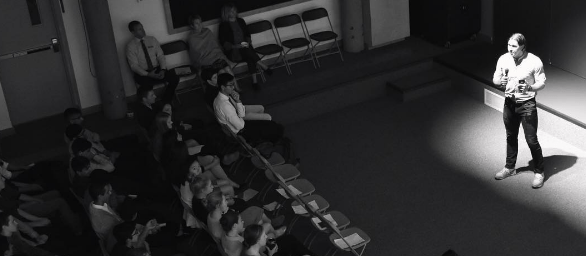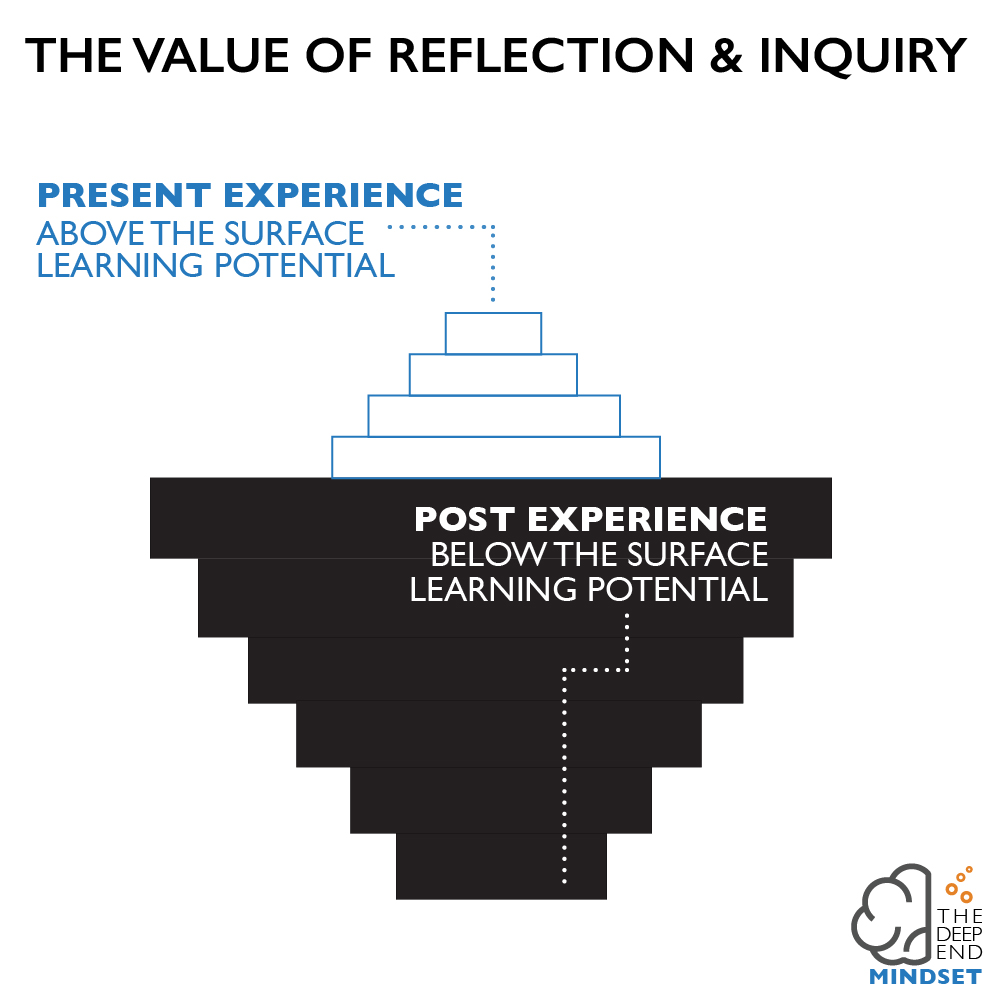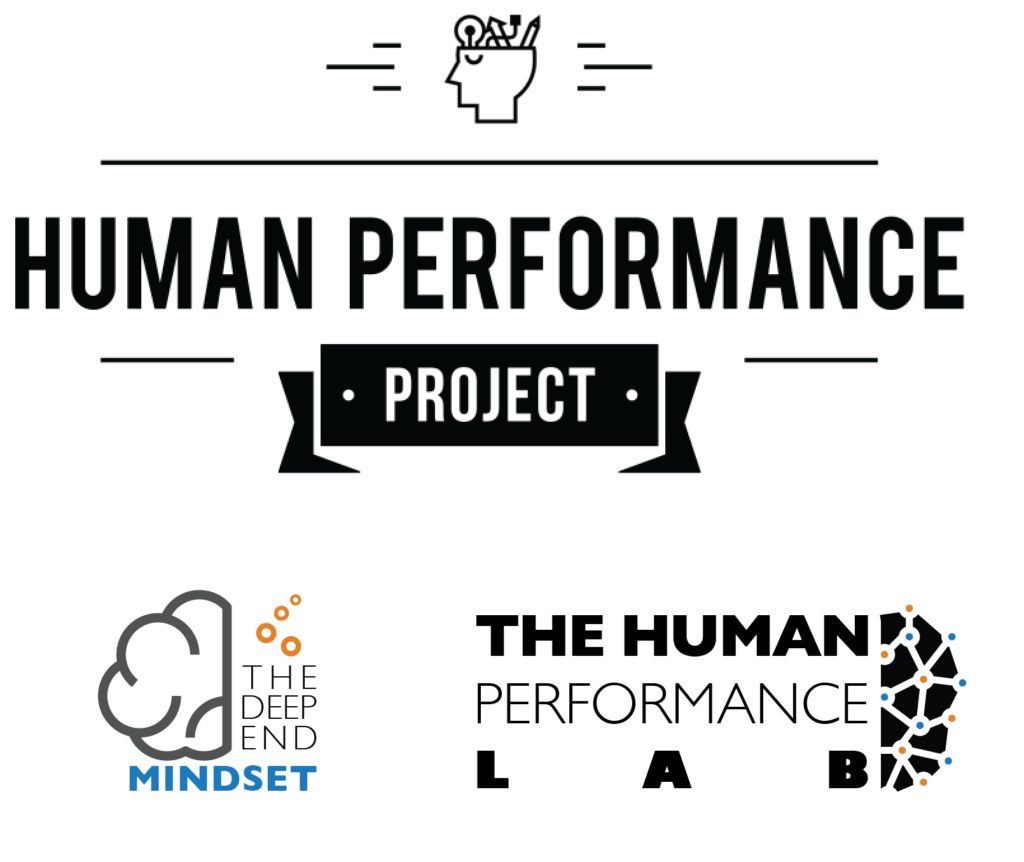Introduction to the Imposter Syndrome
When you set a goal of going from 0 to Olympics in 5 years you learn a lot about being an Imposter.
Last summer, in my first Canadian National Championships I was consumed with this feeling. Feeling like a boy amongst giants I wanted to shrivel up and disappear.
For 5 days leading up to the first throw I struggled to quiet the voices of self-doubt and negativity.
Finally, while stepping into the circle at game time I was somehow able to “steel myself”, drop the story and perform at my best.
After placing 3rd in Canada I wrote about this learning experience here.
TLDR… I had put the imposter syndrome to bed.
And for 6 months I believed I had done just that. But I couldn’t have been more wrong…
The shadows of the subconscious
I began my second season with a trip down to LA where I would have the opportunity to compete alongside some of the world’s best.
Death by 1,000 seemingly meaningless decisions
The day of my first meet I wanted to keep from going stir crazy in the hotel room so despite not throwing until 4PM I packed up and left the hotel at 9AM.
After grabbing breakfast and a coffee I ended up at the track at 10:30AM.
Not thinking much of it I decided to find some shade away from the event and lie down for a nap. As I got out of my rental car I realized I had nothing to carry my gear in. Travelling on Allegiant air where they charge for every ounce I decided to take the bare essentials… All I had in the trunk was a carry on suitcase.
Slightly frustrated with my lack of foresight, I decided I could walk 1 kilometre to the nearest grocery store and use a grocery bag as my ‘gear bag’ for the day.
A 1km walk back and now I was ready to find my spot of shade, throw on my headphones and lie down.
By 1:30PM I was having a hard time staying put, I found myself walking around the track, stopping periodically to spectate and then continuing on.
Little did I know by the time I showed up for my event I had walked over 8 kilometres. In the back of my mind this lingered as a major mistake, but I shook it off and reminded myself that I walk 10 kilometres everyday back home.
Rookie.
Energy conservation – a competitors ultimate pursuit
It was timely then when later that night I would read in Gold in the Water, that Kurt Grote, one of USAs top swimmers, would leave his hotel room only once for a meal with his parents in the course of a 5 day event (outside of being shuttled to and from the pool). His stipulation, the restaurant had to be within 200 paces of the hotel, otherwise it was a no go – the energy cost too great.
Holy crap. Back at the event I covered up my Garmin watch which bragged about how many steps I had taken that day.
The imposter who lurks in the shadows
Even as I showed up for my event I didn’t see what was going on. Cognitively I was in full preparation mode. But I couldn’t ignore the small anxieties and curve balls that kept coming up, chunking small barely noticeable cracks in my armour one by one. Being at the track too long… not having a simple bag for my gear… being in the sun without sunscreen or glasses.
My imposter syndrome was camouflaging itself in the smallest most corners of my preparation.
Game time… I think.
By 3:30 I was warming up in the staging area, full focus, getting ready for my 4PM event start. 30 minutes later I was headed to the ring with my Discus shoes on – ready to go. It wasn’t until I showed up at the Discus circle that I began to realize because there were over 50 throwers competing and I was among the top 10, I would be seeded in the 5th and final flight, not to throw for another 2 hours.
Another small crack in the armour. I took off my shoes and began to cool down on the purgatory feeling sidelines.
When our flight time finally came, I lined up with all the other throwers to get some practice throws in.
This is when I realized I was the only thrower that brought just 1 disc to the event. Every other competitor in line had a disc in each hand and proceeded to attempt 2 throws at a time. This may not seem like a big deal but when you consider 10 throwers being allotted 15-20 minutes to warm up in the circle total, each thrower throwing 2 discs at a time, to cut my already limited warm up by 50% is significant.
I felt embarrassed and ashamed of myself.
I had to go up to other competitors and ask if I could borrow their disc to warm up with. Almost all rightfully said no.
Now full of anxiety I was rushing through my whole warm up process to try and squeeze in as many throws as possible. I felt completely victimized by the situation I had wholly put myself into.
The imposter creates a victimized illusion
Through the course of dozens of small seemingly inconsequential decisions I had played right into the hands of the Imposter Syndrome. I was again feeling like an outsider.
Needless to say I had a terrible performance in the ring. Racked with nerves and anxiety, I had failed before even setting one foot in the circle.
In many ways I had failed before ever booking the trip.
What are your stories teaching you?
As I was flying home I reflected on the experience and acknowledged that I had subconsciously architected every dynamic of my LA meltdown. Despite being utterly unaware until too late, I was owning an “imposter mindset” that impacted every micro-decision I made leading up to competing at the event.
When preparing for LA I was thinking “how can I survive this trip? How can I do it most affordably? Most efficiently?”
I chuckled on the plane as I compared that mindset to those of the Olympians who travelled to LA to throw in that same event.
Would they have only brought one disc? Would they have walked 8km’s in the sun before the event? Would they have tried to save every penny to the point of not even having a bag to house their gear?
The answer became glaringly obvious.
Death to the Imposter Syndrome
On that plane ride home I vowed to kill this version of the imposter syndrome lurking in my subconscious.
I committed to implementing this with a simple question. When preparing for my next practice or upcoming meet I would ask myself:
“What would it look like to prepare for this as a world class Olympic thrower?”
In the answer to this question there is no room for the imposter to exist.
The imposter lurking in your shadows
We are all making these decisions in our lives every day. We are either subconsciously treating ourselves as the world class performer or the imposter who doesn’t belong.
And like my experience in LA because these decisions are so small and subconscious in nature, we don’t realize what is happening until it is too late – until the train wreck is imminent.
Until we miss the promotion, lose the deal, or break the relationship.
I encourage you to take a look at the goal or dream you’re chasing and the decisions you’ve made along your journey. Do these decisions resemble the world class version of yourself chasing that goal, or the imposter?
And I challenge you, paint a picture in your mind of what world class looks like, and do every little thing in your power to intentionally live that through each and every decision.
Declare death to your imposter lurking in the shadows.
Where to from here? The 2017 Season
There are several action items I need to take to kill my LA trip imposter, among them:
– Buying a proper competition bag for all of my gear.
– Buying competition discuses and a proper carrying case.
– Travelling with sunscreen (I got terribly burnt in LA), second skin and athletic tape.
– Buying new training shoes (my shoes broke for the 4th or 5th time while in LA requiring me to again ask someone to tape up my laces and the soles of my shoes).
– Buying new throwing shoes (I am yet again throwing in shoes with holes in them).
– Buying chalk and a chalk bag
– Buying lifting straps (which I continue to unrightfully borrow from a teammate or coach)
– Buying polarized glasses for the hours when I do absolutely have to be in the sun.
– Staying at my own hotel room so I can prepare as needed (I stayed with teammates on this trip who were incredibly generous and great company however I felt at times like I was imposing.)
How will I afford all of this?
I have no idea. But that can’t be an excuse anymore. I am done letting that story breathe life into my journey. It may be painful and difficult, but I know Tash, myself, and our Tribe will find a way to survive.
My call for help.
The items listed above will cost well over $1,000.
If there is an individual, group, or business out there that would like to sponsor the death of my imposter syndrome for this 2017 season I would be humbled and grateful.
Please email me at tyrellmara@gmail.com if this is something you are interested in exploring.




